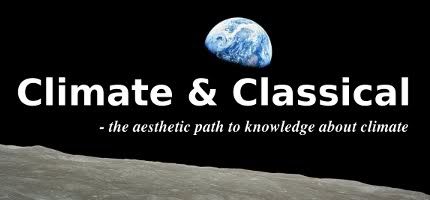
I've followed Hubble with great interest. The Hubble telescope is the first instrument of it's kind to escape the Earth's atmosphere. Hubble thereby revolutionizes astronomical observations. In spite of considerable problems since it was launched in 1990 it remains one of the most valuable instrument in astronomy's history.
"The Space Telescope Imaging Spectrograph (STIS), a sophisticated instrument which separated the light from different celestial objects into its components, failed in 2004.
Astronauts will repair these existing instruments and install two new ones, which will be carried into orbit on the space shuttle Atlantis. The new instruments are the Wide Field Camera 3 (WFC3) and the Cosmic Origins Spectrograph (COS)." The space shuttle Atlantis will bring the astronauts to Hubble after two other missions, presumably after August 2008.
The fix will increase the space observatory's quality and prolong it's lifespan with a decade or so (from previewed "death" in 2010-11).
Remarkable pictures taken by the orbiting telescope

This infrared picture of the magnificent Sombrero Galaxy (M104) was one of the largest Hubble mosaics ever assembled. Images: Nasa/The Hubble Heritage Team

















